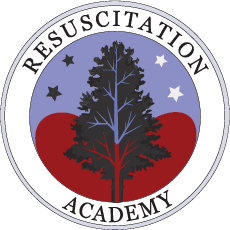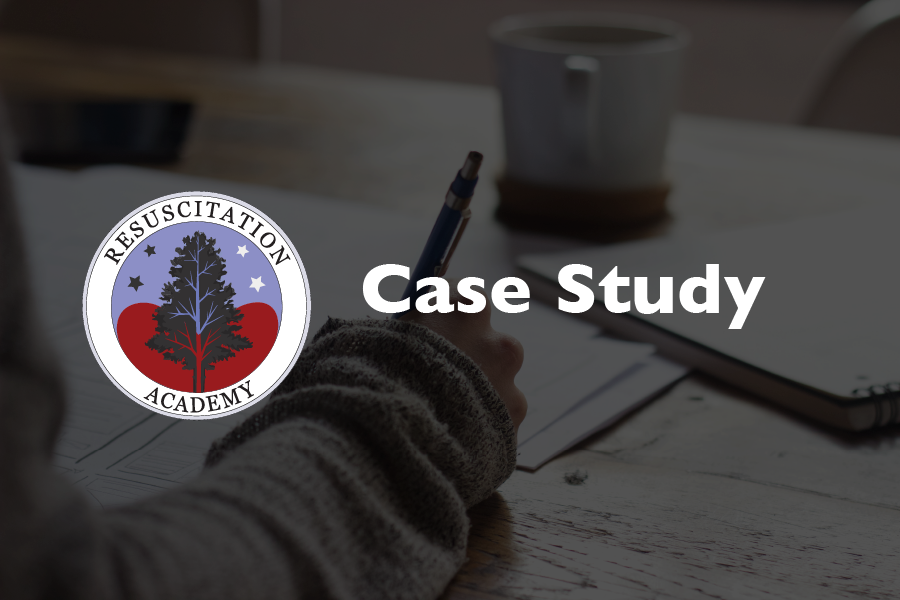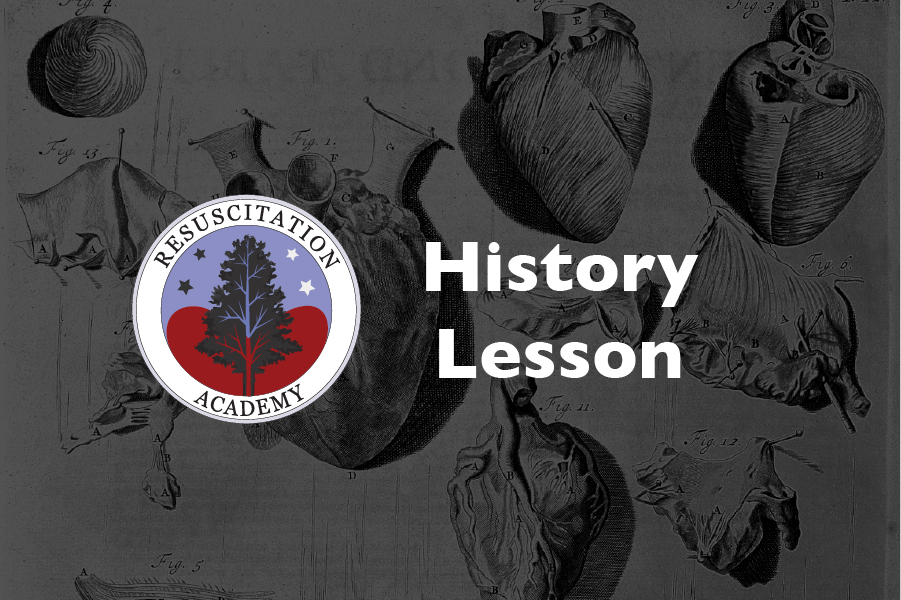Part 4: Out of Hospital Cardiac Arrest: The Future: The Likely
“I never think of the future, it comes soon enough.”—Albert Einstein
True indeed. Nevertheless, thinking about what is likely and what is possible helps chart solutions to present day problems.
Predicting the “likely” is a relatively easy extrapolation of the present. The “likely” foresees gradual improvements in current practices. In particular, widespread implementation of T-CPR and HP-CPR will invariably lead to more lives saved. Key to this occurring are quality training programs and vigorous quality improvement programs. Already the American Heart Association the National Highway Traffic Safety Administration have promulgated performance standards with suggested training curricula for T-CPR and HP-CPR. These standards and curricula will gradually diffuse into dispatch centers and EMS organizations and become standards of care.
Such developments will likely lead to more communities with Utstein survival rates over 50%. As a result, the national survival rate (currently 33%) will rise above 40%. Each increase in survival of 1% represents hundreds of people.
One can also likely predict a continued fall in the incidence of coronary artery disease (CAD). If CAD incidence falls the incidence of sudden cardiac arrest will invariably fall as well. While there is some debate about the reasons for this fall (obvious candidates are decrease in smoking rates, better medications for high cholesterol and blood pressure, along better diet, and increasing exercise) it is likely to continue given the fall over the past several decades.
Another likely development are innovative solutions for connecting a defibrillator with sudden cardiac events.
Several smart phone-based apps exist to alert individuals that a cardiac has occurred nearby. The goal is for the person receiving the message to run to the location and begin CPR or better yet pick up a defibrillator to bring it to the scene. The hope is that the person will arrive before EMS personnel. In the US, the most popular app is PulsePoint. As of 2020 the app only alerts for cardiac arrests which occur in public locations (and represents only about 15% of all cardiac arrests. Another drawback is that there is no vetting that the person with the app is trained in CPR.
A variation on PulsePoint which uses off duty EMS personnel is the Verified Responder Program. Here the responders are all off-duty EMS personnel or other verified (as having requisite skills) responders and all have been provided with an automatic external defibrillator (AED). They are authorized to respond to home or public locations. Thus, there is the potential for early CPR and early defibrillation. The verified responder program has been piloted and there have been a few good outcomes, but the impact has been small to date.
App based alerting for cardiac arrest offers some promise, but the impact is likely to be small.
The logistical problems, especially in coupling an AED with a volunteer are daunting. Volunteer responders potentially offer more promise but finding enough off duty volunteers and supplying all of them with AEDs is costly. Another variation is to preposition AEDs in the community and when an individual with the proper app is notified of a cardiac arrest, he or she will be directed to a prepositioned AED located near the cardiac arrest. Assuming the AEDs are numerous and strategically placed, such a program could have an impact, but like verified responders the cost as well as the communication network to meld all together is costly.
The fundamental challenge in the above programs, and even variations on them likely to be devised in the future, is for the person notified of a nearby cardiac arrest to be both capable of performing CPR and arrive with an AED BEFORE EMS personnel arrive at the scene.
As mentioned above, the slope of death is steep and if CPR and defibrillation do not arrive within 10 minutes of collapse there is little likelihood of survival.
Technology is currently under testing in EMS telecommunication centers to apply artificial intelligence (AI) to automatically recognize a cardiac arrest by the voice and words of the caller. This can save 30 or more seconds for the telecommunicator to dispatch the responding EMS units and also save time in providing CPR instructions. Even 30 seconds saved may translate to an absolute 5% increase in VF survival.
The Resuscitation Academy











There are opportunities to significantly increase survival from out of hospital cardiac arrest. Implementation of existing standards and training programs for telephone CPR and high-performance CPR will do much to improve survival.